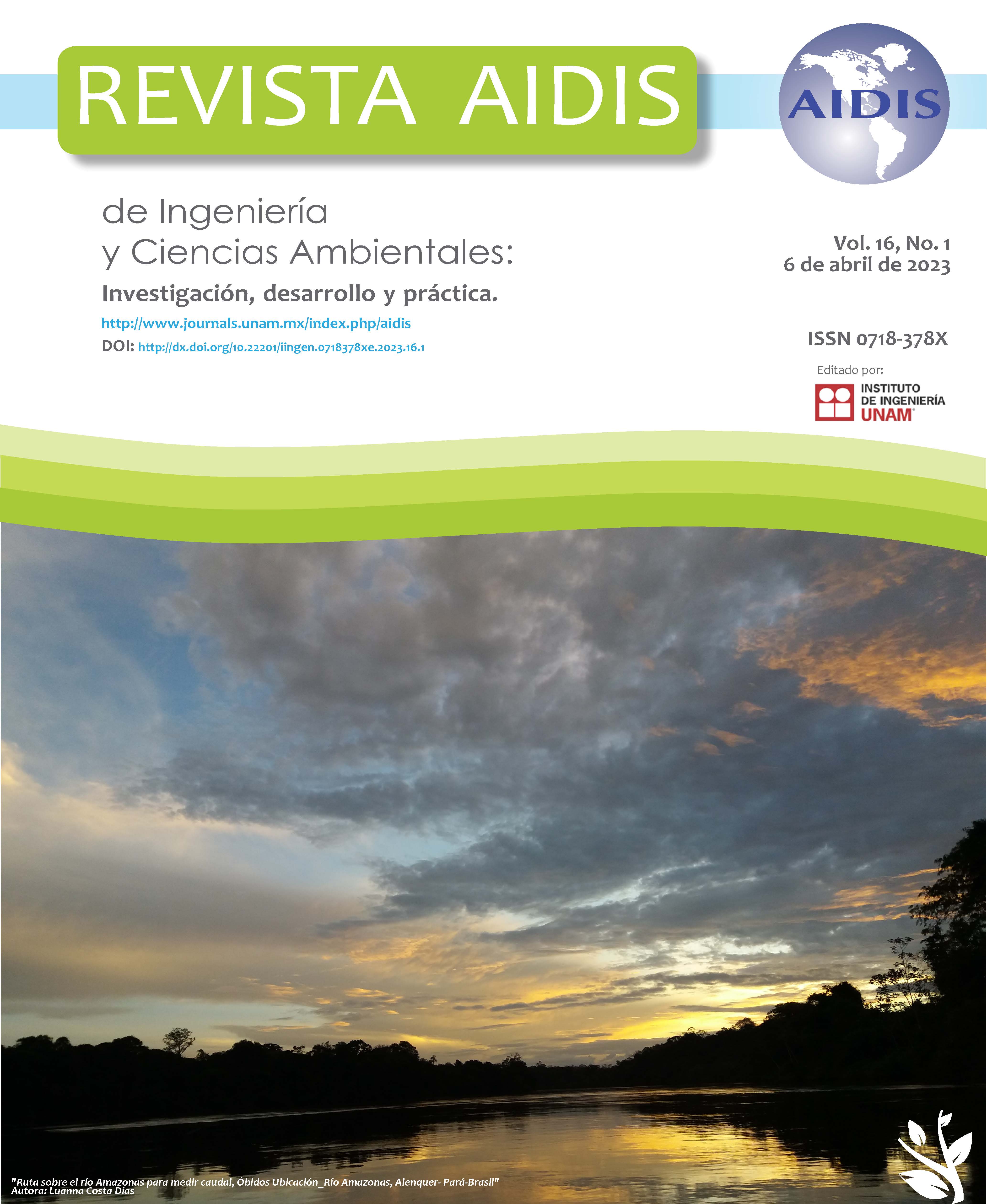ASSENTEMENT OF SUSTAINABLE URBAN DRAINAGE SYSTEM WITH CONTROL PIPING
Main Article Content
Abstract
Compensatory techniques (CTs) are sustainable urban drainage system that temporarily reserve rainwater to reduce the risk of flash flooding. Most CT design methods do not consider the use of control piping, because they assume total infiltration of water into the soil. In this context, the study evaluated the hydraulic and hydrological impact of a CT with a control piping implanted in an urban area in the city of Blumenau, Santa Catarina state. An experimental module allowed estimating the flow rate of the control piping with a nominal diameter of 50 mm and a length of 1.50 meters. Puls’s method was used to evaluate the reduction of the flood wave made by CT. The experiment showed that the discharge coefficient of the control piping was 0.60 ± 0.01, being 10% lower than the value reported by the literature. It was estimated that the maximum flow rate reached by the control piping was 1.5 l/s. The TC reduced the contribution maximum flow of 16.8 l/s to 2.0 l/s. The analysis demonstrated the importance of the control piping verify for that the TCs contribute to the sustainable urban drainage management.
Article Details
Citas en Dimensions Service

This work is licensed under a Creative Commons Attribution-NonCommercial-NoDerivatives 4.0 International License.
